TAGGED AS: Netflix
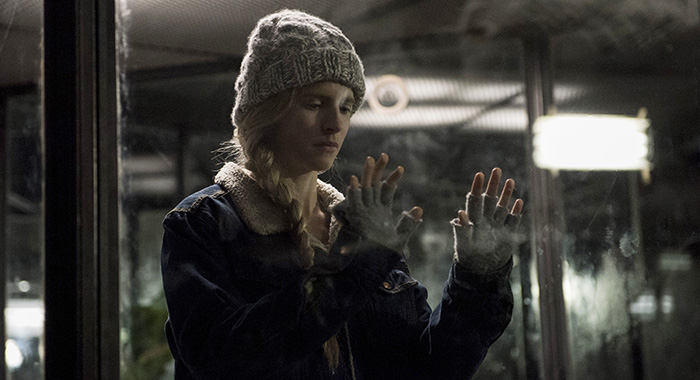
When The OA became the binge-worthy phenomenon of the holidays, fans were left with a lot of questions about the mysterious Netflix fantasy about the afterlife created by Brit Marling, who also stars, and Zal Batmanglij.
We were left with a lot of questions, and Marling agreed to answer as many as she can without spoiling what could potentially become part of the plot, character development, and central conflict that would be included in an as-yet-unconfirmed second season.
Be warned: spoilers follow.
If you have not seen The OA, the following description and questions include everything up to the final episode. (Simply acknowledging the existence of the show was considered a spoiler until Netflix released a trailer five days before it premiered.)
In season 1, Prairie Johnson (Marling) has been missing for seven years. She returns calling herself The OA and tells four high school students (Patrick Gibson, Brendan Meyer, Brandon Perea, Ian Alexander) and their teacher Betty Broderick-Allen (Phyllis Smith) about her experience.
She had been kidnapped by Dr. Hunter Hap (Jason Isaacs), who was studying people who had returned from near death experiences. In captivity with Homer (Emory Cohen) and two others, The OA discovered five movements which, when performed in concert, had the power to revive the dead and cure illnesses. The OA starts teaching her new followers the same movements.
Scott Wilson and Alice Krige also appear as Prairie’s adoptive parents, and Riz Ahmed plays Prairie’s therapist.
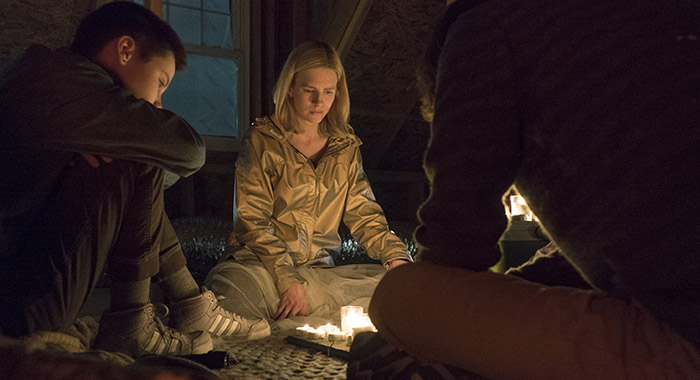
Fred Topel for Rotten Tomatoes: Why was secrecy so important, and since the secretive release worked, will this be the future of television?
Brit Marling: My goodness, I don’t know if it’s the future. It was certainly, I think, the right thing for this show. A mystery is just more fun if it actually remains mysterious, because sometimes the marketing campaigns can give quite a lot away.
RT: Since The OA was so big over the holidays, has Netflix given you a second season?
Marling: We’re still in the rush of releasing it. It honestly feels like a couple weeks ago that we just finished it, which is kind of amazing because we’ve been working so hard on it for so long. So we don’t know yet about a second season, but we’d probably be pretty psyched about continuing the story.
When Zal and I first started thinking about doing a long-format mind-bender, we thought it was really important to solve everything up front. We spent a good year and a half just plotting a mystery that could unravel over the course of many hours of many season, and answered all the riddles for ourselves first before we began writing even the first chapter.
RT: If you get the good news, how soon would you and Zal like to get started?
Marling: I have to tell you, it’s not bad having a rest right now. For Zal to direct all eight and showrun together and for us to have written the majority of it and worked with a small writers’ room, it was a lot of work. It’s not bad to have a little break right now.
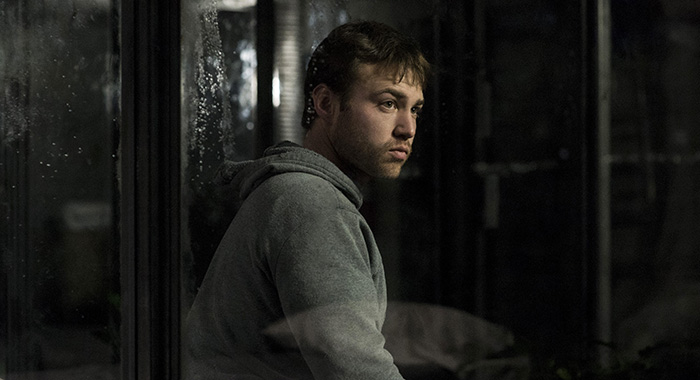
RT: Where is OA now and is Homer with her?
Marling: Gosh, I wish I could answer that one, but I think you know you can’t answer any of these things, certainly not at this point. Part of the fun of working in long format is that there are gaps between seasons where people can ruminate about what they’ve seen and come to their own conclusions. Zal and I have to leave that to the audience right now. If we get so lucky to continue it, there are certainly answers to all of those questions.
RT: Maybe a more practical questions is: Where is Hap since he left OA on the side of the road?
Marling: Did you say a more practical question is: Where is Hap? That’s another one that we can’t answer yet, but you’re asking the right questions.
RT: Does OA really mean Original Angel? It seems like there’s more to it.
Marling: I think if that’s what you think it means right now… You know what I think is exciting about the title is it’s left to the audience’s interpretation. Any interpretation is right. If we get to keep telling the story, all those different definitions will evolve.
RT: She actually said Original Angel in passing, so people have even missed it. When she described the sound as OA, she might’ve been hearing “away” and misinterpreted it.
Marling: Could be, could be, but it wouldn’t be any fun for me to say. I think that’s also a very interesting interpretation.
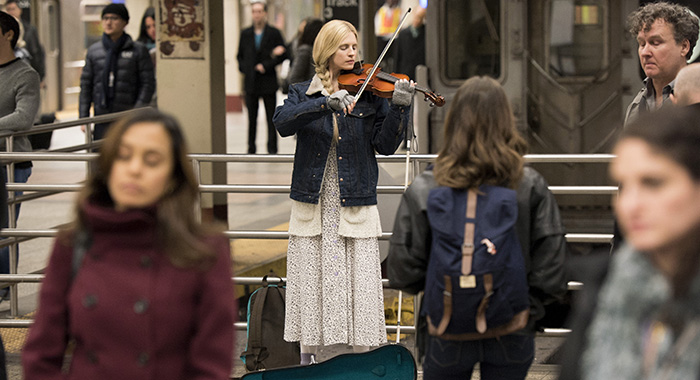
RT: In the mythology, who is Khatun (Hiam Abbass)? Is she in charge of the afterlife or does she have a boss too?
Marling: In terms of where we are in the story now, we know that she is somebody who The OA visits in her near-death experiences and who seems to be a kind of gatekeeper or guardian of that place. Someone who possesses a kind of wily quality and a wisdom. I think what I like the most about Khatun is that you don’t quite know, yet there’s something sharp about her and honest. I think Khatun is not someone you would want to cross the wrong way.
RT: Zal was very careful not to show the shooter’s face in the finale. Is the shooter someone we’ve met before?
Marling: I couldn’t say that, but I think it was important always to make that moment about the boys and Betty Broderick-Allen, so that’s why the focus is on them.
RT: How long did it take to learn the movements?
Marling: Quite a while. It only took a couple of days to learn the choreography, but to get good at them and get to a place where you could then forget the choreography but let the experience come through you rather than think about it, that took a while. Wes [Veldink] who was working with Ryan Heffington, the choreographer, helped train everybody in New York. Wes was really very patient with everybody and also really precise. I think in total, everybody spent a good five months that we were shooting, constantly training and learning them. I certainly had started even before we started shooting.
RT: Have any fans taken it upon themselves to learn the movements in the past month?
Marling: Definitely. Some people have forwarded me Instagram videos of people doing the movements. I’m honestly really impressed at how far people have come learning them, given the way that they were cut and the amount of screen time. You’d have to really stop start and pay attention in order to learn them. It’s very beautiful to see people doing them. (See some of those below.)
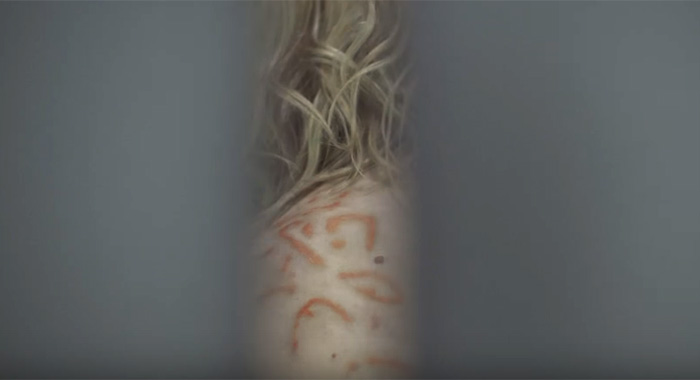
RT: Are the symbols on her back part of an entire language you and Zal created, like Dothraki and Klingon are legitimate languages?
Marling: They are kind of notation. One of the things we were researching is movement notation. I didn’t know that choreographers use a symbolic pictogram to write movement much in the way a composer would write music. It’s the same for dance and movement. Ryan actually created those based on the choreography he made up.
RT: Episode six was shorter than the others. Obviously on streaming they can be any length that you want, but did it have deleted scenes?
Marling: No, it was written shorter. That was always the intention. I think one of the great things about telling a long-format story on a platform where the story can tell itself is that each chapter was as long as it needed to be to tell the content of that chapter. Some of them are over an hour, some of them are 45 minutes. Chapter 6, which follows Hap on his own journey, was always a shorter chapter. Part of the fun is rather than let the audience settle into the expectation of how long they’re going to sit with something, it can be any length it needs to be.
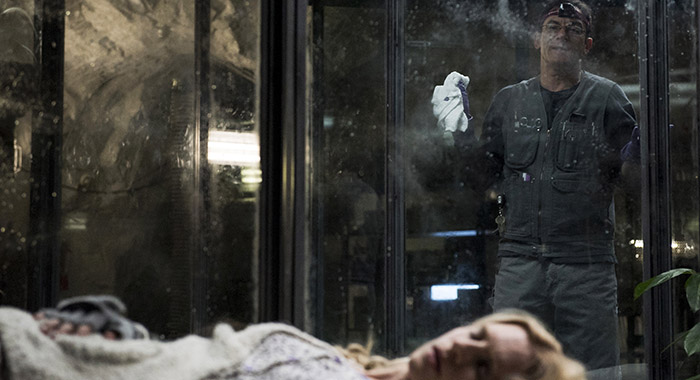
RT: You keep talking about long format, so was The OA ever considered as a movie?
Marling: No, The OA never would have fit. I guess it is a movie. In some respects it’s an eight-hour movie. It probably as more DNA in common with film or a novel than it does with television.
The OA season 1 is now streaming on Netflix